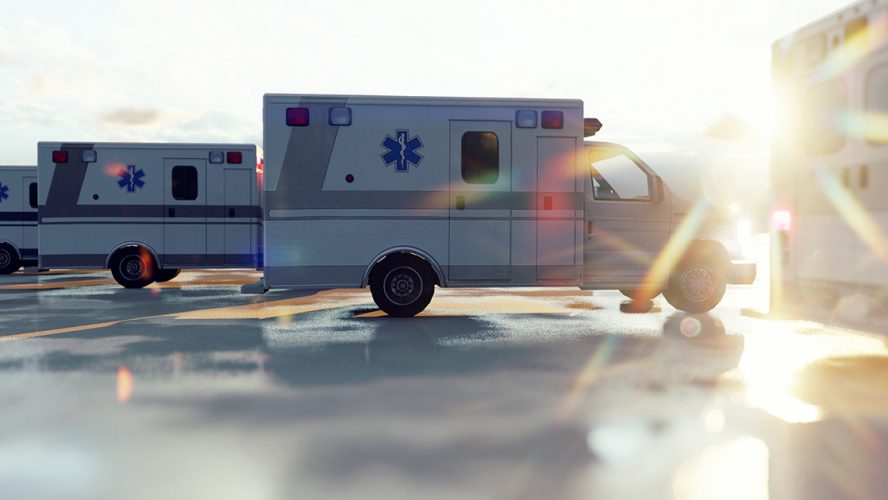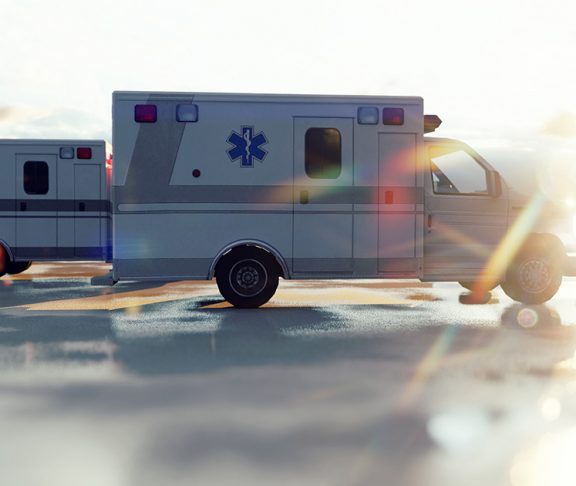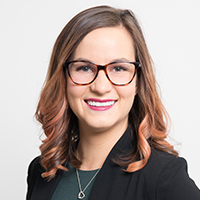
Dr. Jessalyn Holodinsky
CEO and Co-founder of DESTINE Health
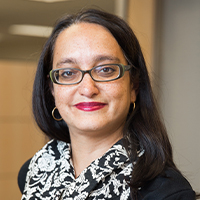
Dr. Noreen Kamal
CTO and Co-Founder of DESTINE Health
Web-based tool shows healthcare systems the best hospital for patients to go to first.
From the moment a person starts to experience a stroke, the clock starts ticking. Every minute can make a difference in how well their brain, arms, legs or speech will recover. For every minute a stroke goes untreated, about two million brain cells die.
Fortunately, there are two effective treatments for severe ischemic stroke: medical treatment (thrombolysis) and Endovascular Therapy (EVT). But EVT is only available at large hospitals with specialized equipment and personnel. This poses a complex problem. Is it better to take a stroke patient to a further hospital to get EVT or should they receive care as soon as possible and then be transferred to a hospital with EVT? The answer depends on factors including geography, travel time and hospital treatment efficiency.
DESTINE Health aims to help healthcare systems solve this problem. DESTINE is a web-based interactive tool that allows healthcare systems to provide their parameters and see a colour-coded map that shows the best place for their stroke patients to go first. Healthcare administrators can use these maps to create stroke transport protocols.
PhD research leads to changes in stroke transport
Dr. Jessalyn Holodinsky developed the science behind DESTINE while studying for her PhD in epidemiology at the University of Calgary. As she published articles about her work and spoke about it at academic conferences, interest grew. Healthcare systems in the United States and Europe wanted to know how they could apply her findings. Dr. Holodinsky started doing research for specific healthcare systems, in conjunction with the world-renowned Calgary Stroke Program and Dr. Noreen Kamal, who is now an assistant professor in the Department of Industrial Engineering at Dalhousie University. As they realized the demand for this science was only growing, Dr. Holodinsky and Dr. Kamal founded DESTINE Health in 2018.
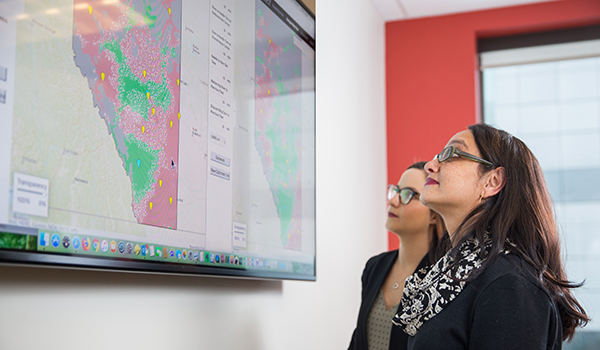
“The ultimate goal when you’re doing research in medicine is to do something that is going to change people’s lives or change the way medicine is practised. It was the greatest feeling to know I had done something that people wanted and that was going to change treatment practices,” says Dr.Holodinsky, co-founder and chief executive officer (CEO), DESTINE Health.
“Every minute you spend thinking about what to do with a stroke patient, the brain is actively dying. There is so much to consider all at once. And we can’t ask just one paramedic to make these decisions in a high stress emergency scenario. We need a decision support tool.”
DESTINE taking stroke care one step further
Dr. Ryan McTaggart, associate professor of radiology, neurology and neurosurgery at The Warren Alpert Medical School of Brown University , is on DESTINE’s scientific advisory committee. He says many factors, such as whether a hospital has multiple CT scanners or around-the-clock stroke care, all have to work together so that stroke patients can receive timely care.
“What DESTINE is doing takes things a step further. They are analyzing all these variables and trying to find solutions so patients get that timely care,” Dr. McTaggart says, adding that better patient outcomes also save healthcare systems tens of thousands of dollars per patient.
Healthcare systems in countries including Switzerland, Norway, Germany, Sweden and Japan are using DESTINE. In the U.S, five states have changed legislation based on DESTINE to allow paramedics to take a patient to a further hospital if it can provide better care. In other jurisdictions, healthcare systems have adjusted what hospitals provide stroke care based on the software’s continuous prediction that a certain hospital is not the best option.
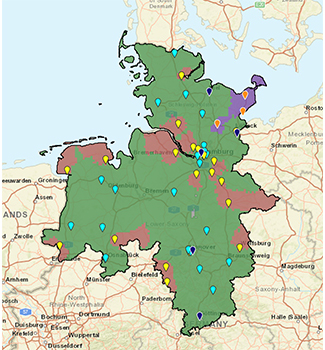
“We really set out to make sure stroke patients have the best chance at a good outcome and at getting back home to their families,” says Dr. Holodinsky. “I am really proud to be able to assist in that and be part of the team that can create a better outcome for a patient.”
